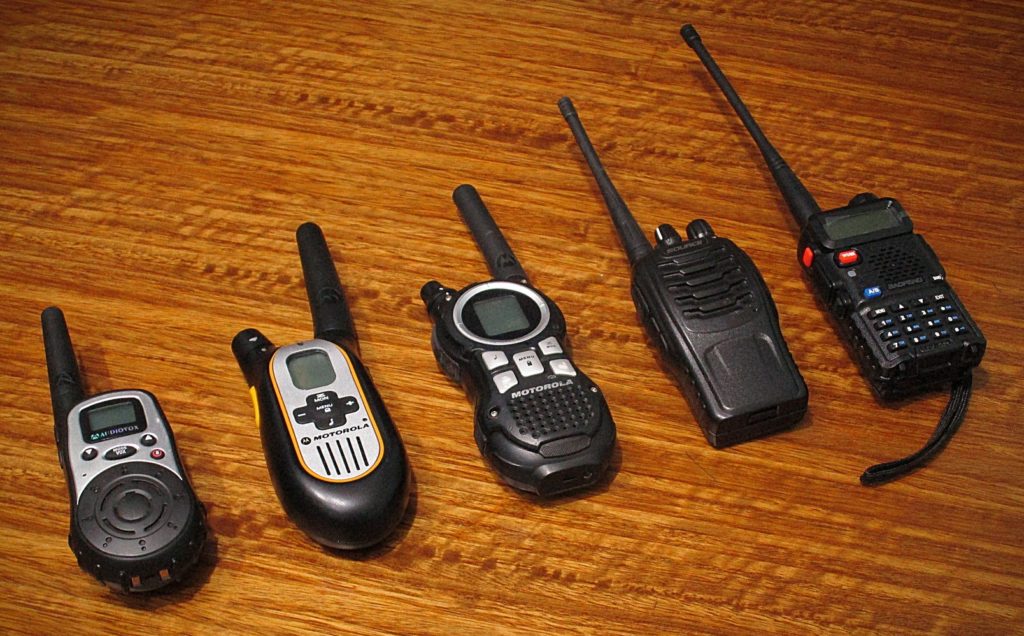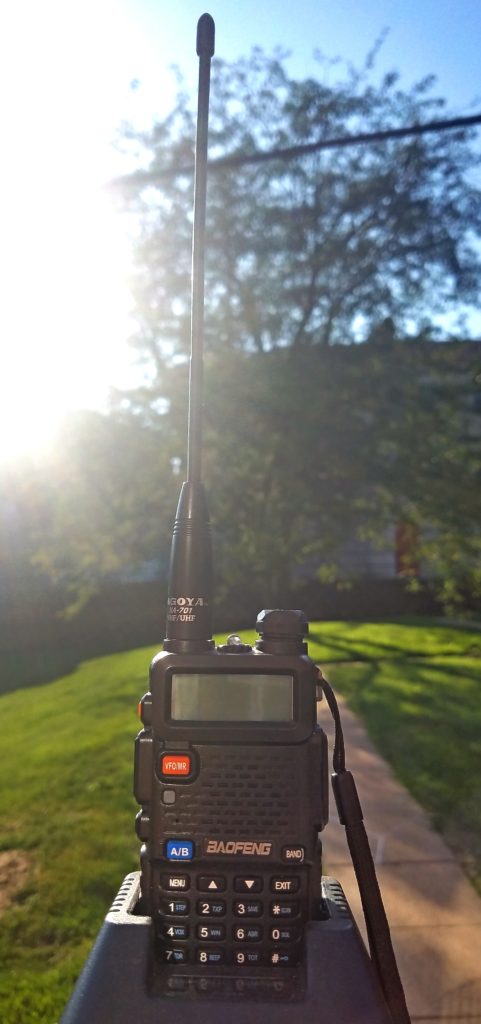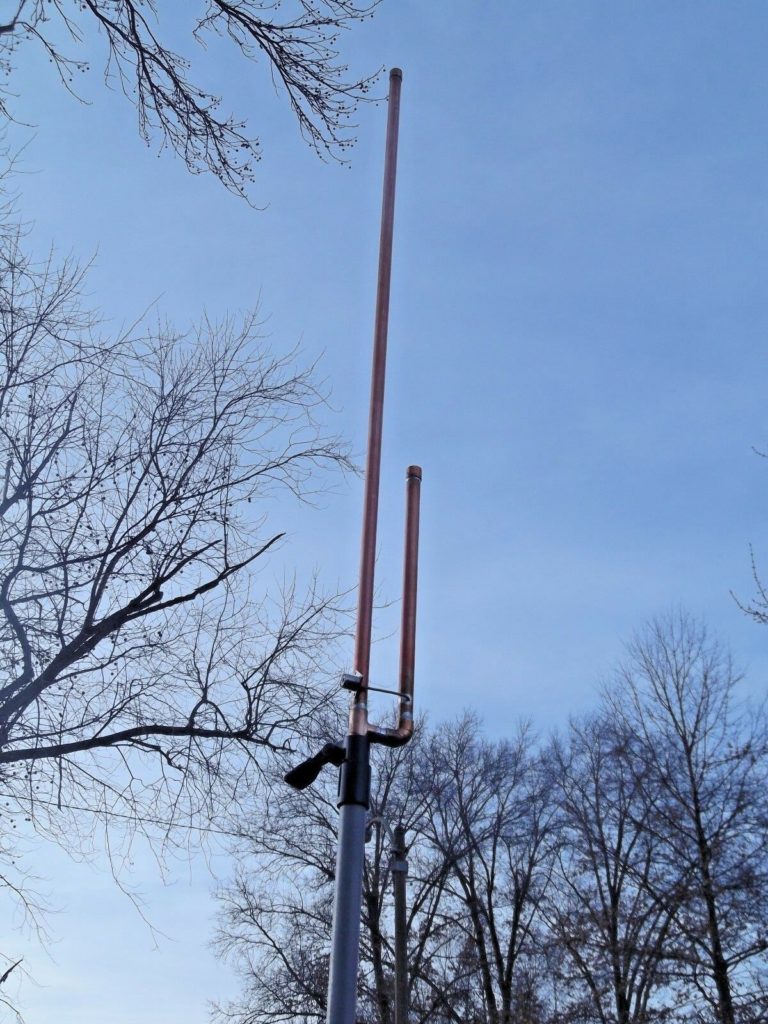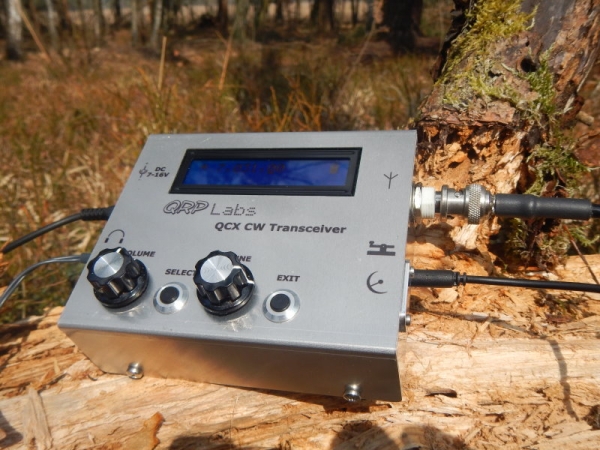This question gets asked every once in a while in one way or the other. And it is understandable that, while you’re only starting in your new hobby, you probably don’t want to spend a fortune on all the new toys that you read and hear about in all those forums, groups, and from all your new ham friends. You just want something that will get you on the air. Even better if that something will make your time on the air fun, so that you are motivated and inspired to grow in your new hobby, and eventually grow your equipment arsenal as well.
This post will continue the series where I try to collect resources to help fellow hams that are new to the hobby. In the previous post, I covered resources available to help you to prepare for your license exam. Now I would like to cover different starting budgets and provide an overview of various opportunities available for those planning around these budgets – starting with a modest budget of $100. There are several great resources that provide some guidance (like those from American Adventurist, Cherryland ARC, or Hackaday). I greatly appreciated those and similar resources myself when I stood in the very beginning of my path myself. I have no intent to reinvent the wheel here. I rather want to try to make a more comprehensive and categorized list, offering more options to choose from. I also hope that, with the help of the audience, this resource will one day grow outside just a small series of posts.
Meanwhile, let’s get to it: you’re interested in ham radio, and you just got your first amateur radio license. Here’s what the opportunities are, and it’s up to you to choose based on your interests and priorities!
VHF/UHF
Handheld transceivers (or simply HTs). Getting a handheld radio will most probably be your first step. Some people and I was no exception) purchase their first HT even before passing their license exam – this way you can start listening to local repeaters and become more familiar with radio exchange best practices early on. However, the amount of fun that your HT can open to you is not necessarily limited by a few local repeaters in your area. Be creative – use it to listen to NOAA weather radio, sign up to help out with a public event with your local amateur radio club, or take it on your trip, get on a summit and make contacts a hundred miles away! I discuss a few more ideas below as well.

There are plenty of affordable entry-level HTs available on the market. One important consideration – please remember that we are not rich enough to buy cheap things. It does not mean that your first HT should cost $250+. However, I would highly recommend to stay clear from no-name knock-offs of more or less known (even Chinese) radio brands. The latter, though not top quality, are extensively used by radio amateurs and usually are worth their price.
- Analog only
- Baofeng UV-5R (dual-band 2m/70cm 5W) – $24 – my first HT
- Retevis RT5 (dual-band 2m/70cm 8W) – $40
- TYT TH-UV8000D (dual-band 2m/70cm 10W) – $58
- Baofeng UV-5X3 (tri-band 2m/1.25m/70cm 5W) – $60
- Baofeng BF-F8HP (dual-band 2m/70cm 8W) – $63
- TYT TH-350 (tri-band 2m/1.25m/70cm) – $75
- Dual mode (analog and digital)
- Radioddity GD-77S (dual-band 2m/70cm analog/DMR) – $65
- Retevis RT80 (single-band 70cm analog/DMR) – $80
- TYT MD380/390 (single-band – 2m OR 70cm, analog/DMR) – $85
- Retevis RT80 (dual-band 2m/70cm analog/DMR) – $87
- Radioddity GD-77 (dual-band 2m/70cm analog/DMR) – $90
- TYT MD-UV380 (dual-band 2m/70cm analog/DMR) – $100
Antenna upgrade. To ensure that you use the potential of your HT to its full extent, I recommend that you upgrade the stock antenna that came with your radio, as those are usually fairly poor performers. The all-time favorite aftermarket antenna of many amateurs is, without doubt, Nagoya. The longer whip indeed performs better (I own several of them of various length) – however the short version is usually enough for everyday functions.
- HT whips
- Nagoya 701 (2m/70cm, 8.3″, 2.1 dBi, SMA-F) – $15 – my everyday antenna, have them on all my HTs
- Nagoya 771 (2m/70cm, 15.6″, 2.5 dBi, SMA-F) – $17 – put it when far from the repeater and additional gain is needed
- Expert Power XP-771 (2m/70cm, 14.5″, SMA-F) – $12 – have it too, didn’t notice much difference with Nagoya 771

While mobile or base radio stations remain outside the $100 budget, the handheld radio can successfully play either role. Many hams outfit their cars with a mobile antenna, and connect it to an HT inside the car. Most frequently those antennas are mounted with a magnet. Lip mounts to the door or trunk of the car are also popular – however, the cost associated with those antennas and mounts most likely will be outside the $100 budget. Permanent mounts, that require drilling of the car’s metal, are used less frequently.
- Mobile antennas
- Nagoya UT-72 (2m/70cm, 21″, 1.7/3.5 dBi, mag mount) – $29
- Diamond MR77SMA (2m/70cm, 20″, 2.1/3.4 dBi, mag mount) – $49
- Tram 1185 (2m/70cm, 19″, 1/2.5 dBd, mag mount) – $23 – my first mobile antenna
For a base station, radio amateurs install larger antennas that provide more gain, and connect them to their HTs. Classical fiberglass dual-banders, such as those from Comet or analogs, will be outside of our budget for now. However, various types of J-poles are available for a much lower price, and can also be home-brewed.
- Base antennas
- Roll-up Slim Jim by N9TAX (2m/70cm) – $23 – great portable dual-bander, I still use it in my shack as a base antenna
- DIY J-pole (2m/70cm, for example versions from KM4SQS, KG6HCU & KJ6RZ, WB6IQN) – $15-35

More antenna ideas for added fun. If your first experience with your HT will inspire you for some more DIY adventures – there is an awesome opportunity to get your signals all the way to space! In fact, there are account of hams listening to amateur radio satellites with just their HTs’ whip antennas. However, for greater success you will need additional gain – and best way to help send more power up there is to use a directional antenna. Great news is that such antenna can be built from a piece of PVC pipe and a tape measure for under $25! When you are not working the satellites – you can use your Yagi to reach distant repeaters that are outside the range of your other antennas. Another fun activity with a directional antenna is so called “fox hunt”, or direction finding, where participants compete in locating a hidden radio transmitter.
Base or mobile stations. Unless we are looking at some great deals on used rigs from a relatively cheap segment, base and mobile stations will be out of our reach with this budget: the cheapest Chinese VHF/UHF dual-banders start at ~$80-90 (like those from QYT and similar, which I do not necessarily recommend to spend money on). However, you can do a lot with a good HT, both at home and in your car – especially if you got yourself a better antenna.
Can I do HF too?
Transceivers. Contrary to a popular belief, there are transceivers on the market that will get you on the HF for less than (or approximately) $100. Most of them, however, will be low-power monobanders. If you are a DIY person – then you will have even more options to have fun! (Bear in mind that to get the most out of it, you will have to upgrade to at least General class license).
- Assembled units
- ILER MK2 QRP monobanders (17, 20 or 40 meters) – ~$85
- 40 m QCX 5W CW transceiver from QRPLabs – $89
- DIY or kits
- QCX 5W CW transceiver (monobander from QRPLabs, available for most ham bands) – $49
- Para80/40set Transceiver (available for 40 or 80 meters) – $40
- BITX40 (40 m 7W SSB transceiver kit) – $59
- Minima (a general coverage transceiver)
- Digital modes
- Ultimate3S QRSS/WSPR kit from QRPLabs – from $33
- EZ WSPR Pi from QRPGuys – $20

Antennas. Within the specified budget, we will have to focus on resonant antennas that will not require the tuner. And there are plenty of options, with dipoles being certainly among the most popular. It is also quite hard to beat their performance (especially for their price!). End-fed half wave antennas are believed to be less efficient, but can be inherently multi-band, and can provide some advantage over dipoles when property to put the latter is limited.
There are plenty of resources online with theory, as well as detailed step-by-step directions on how to build either a dipole, or an EFHW. I don’t have a definite favorite here, so I will leave it to the reader to do a quick search. For those with limited resources or not DIY-inclined, I have a few links to well-known and proved
- Dipoles
- Single-band dipoles – from $25
- Two-band portable dipole – $68
- Dipole kits – from $23
- End-fed half wave (EFHW)
- Single-band half-wave end-fed antennas with PicoTuner – $33
- Portable No Tune EFHW from QRPGuys – $20
I hope that this list will be useful for many new hams out there who are looking for ways to maximize their experience while minimizing their expenses, to a reasonable extent. I also very much hope that more seasoned hams will join the discussion: share your experience and advice in the comments, and I will happily incorporate them into the post! Let’s grow it and make it as comprehensive of a guide as we can!
| I have no affiliation with any of the manufacturers listed above, and receive no incentive for publishing the links to their items. The links do not constitute any endorsement, and I assume no responsibility for the quality of the listed products. |